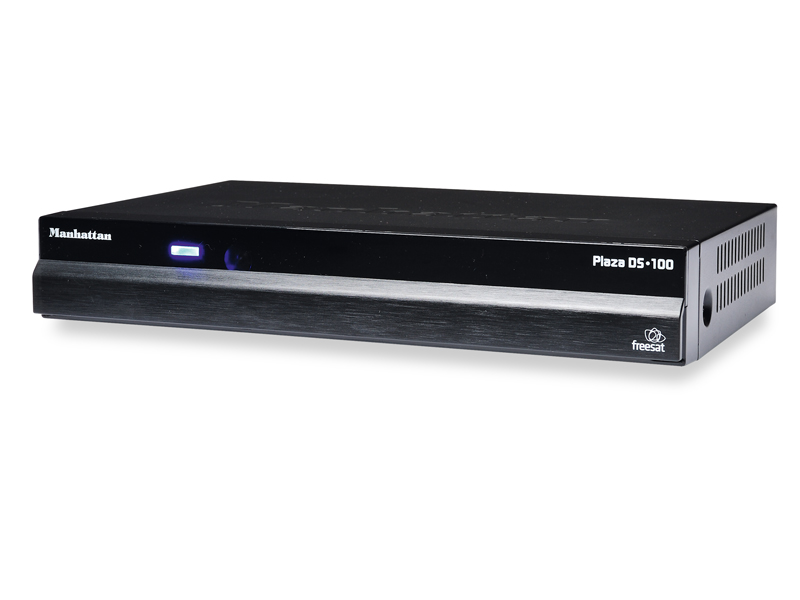TechRadar Verdict
Pros
- +
Easy setup
- +
Good interface
- +
Sortable Freesat EPG
Cons
- -
Soft pictures
- -
Limited for non-Freesat use
Why you can trust TechRadar
The number of standard-definition Freesat zapper boxes released thus far can be counted on the fingers of one hand, but the continuing digital switchover means that there's still a need for beginner-friendly, quality FTA sat boxes.
What Freesat receivers offer that many other FTA boxes don't is a common spec which ensures that you at least get a superior EPG even if few are particularly well suited to finding channels on satellites other than 28°E.
The DS-100's black casing is pretty generic for a Freesat box – lacking any kind of display other than a blue power light and concealing a row of operating buttons beneath a flap on the front. The rear panel is also minimal – just a single LNB input and two Scarts, which makes it easy to hook it up to a VCR or DVD recorder (though only the TV Scart can output in RGB).
There are no separate audio connectors or data ports (software updates are strictly over the air). The remote has plenty of bright white buttons and a layout that quickly becomes intuitive to use, with the box responding fast to commands.
Setup involves entering your postcode (to decide which regional versions of ITV and BBC One you get – although these can be swapped around later) and selecting aspect ratio before automatic tuning starts.
The menu interface is also familiar from other Freesat boxes we've tested, with a few tweaks here and there. TV and radio channels can be accessed quickly from a main list with the option to lock channels, show TV only or add them to a single favourites-only list.
Scheduling and recording
EPG data for eight channels at a time can be viewed as a full-screen grid for all channels or organised into 12 genres such as radio, lifestyle and children. Synopses are shown and you can jump page by page and skip back and forth 24 hours.
The programme info banner can be used to view now-and-next data for the current channel and others without needing to switch over and can be toggled to show synopses in half-screen.
A manual tuning menu caters for non-Freesat channels in range of your dish. Frequency, symbol rate and polarity can be entered but – as might have been expected from the Manhattan brand – there's no motorisation, DiSEqC switching, advanced searching or the ability to select which satellite you want to scan.
Located channels are listed from number 3000 onwards and accessed from the channel list by pressing the swap button or via the programme info bar. They can't be favourited and don't show up in the EPG. MHEG and audio description services are supported.
The DS-100 falls rather short in the picture department when viewed on our 40-inch plasma TV even with good reception. A seemingly lacklustre tuner generated soft-looking results regardless of the source with minor but noticeable artefacting.
Not one for the big telly in the living room, perhaps – nor, indeed, those with home cinema audio systems as there are no audio outputs, though sound via Scart was perfectly acceptable on our Panasonic TV.
Performance gripes aside, this low cost receiver has enough usability and features to make it worth considering as a spare room or bedroom box feeding a relatively small screen TV, perhaps
Follow TechRadar Reviews on Twitter: http://twitter.com/techradarreview
